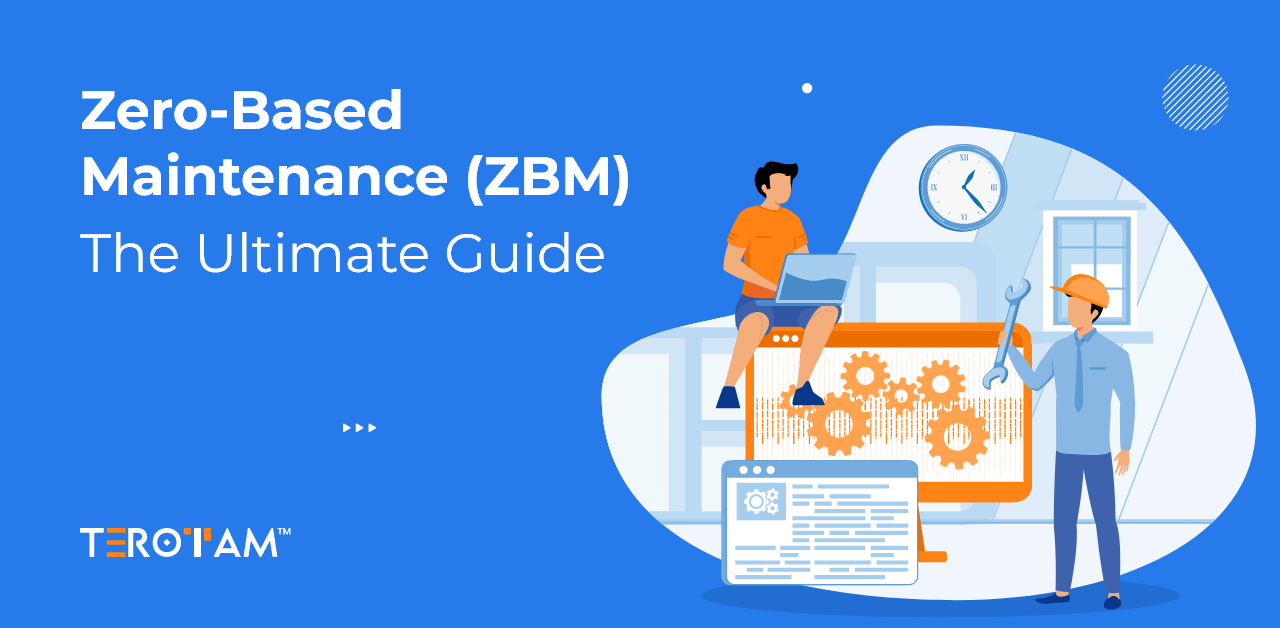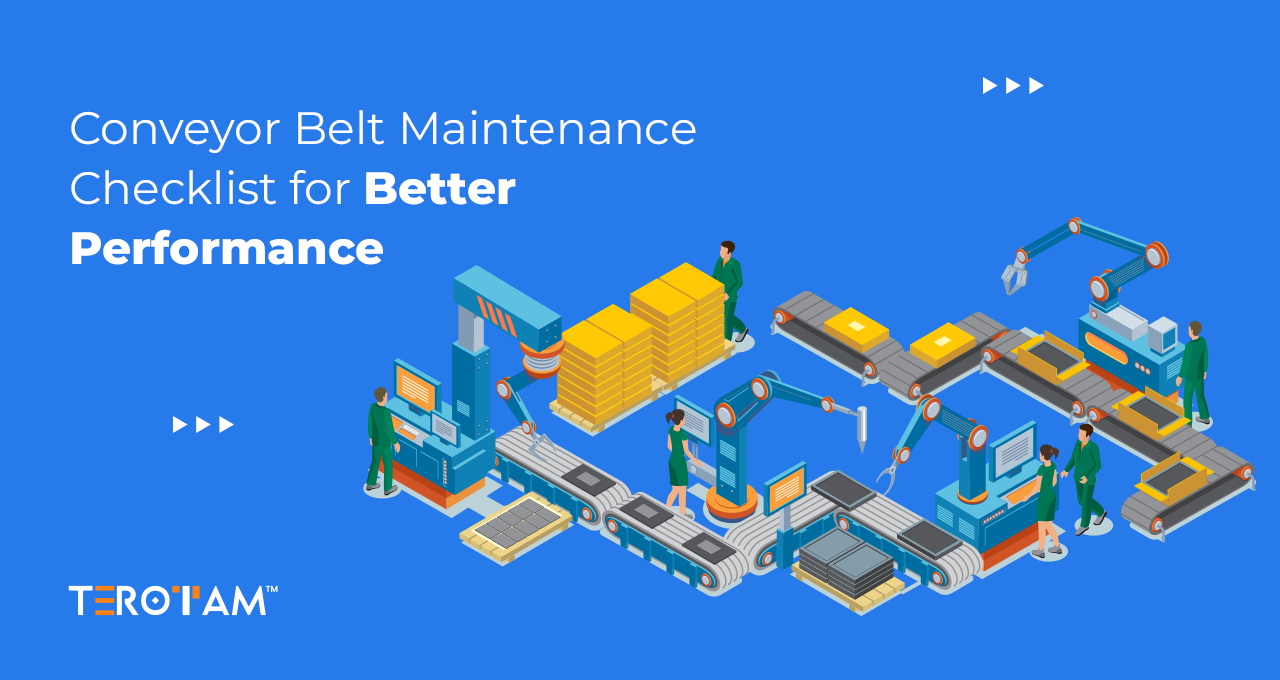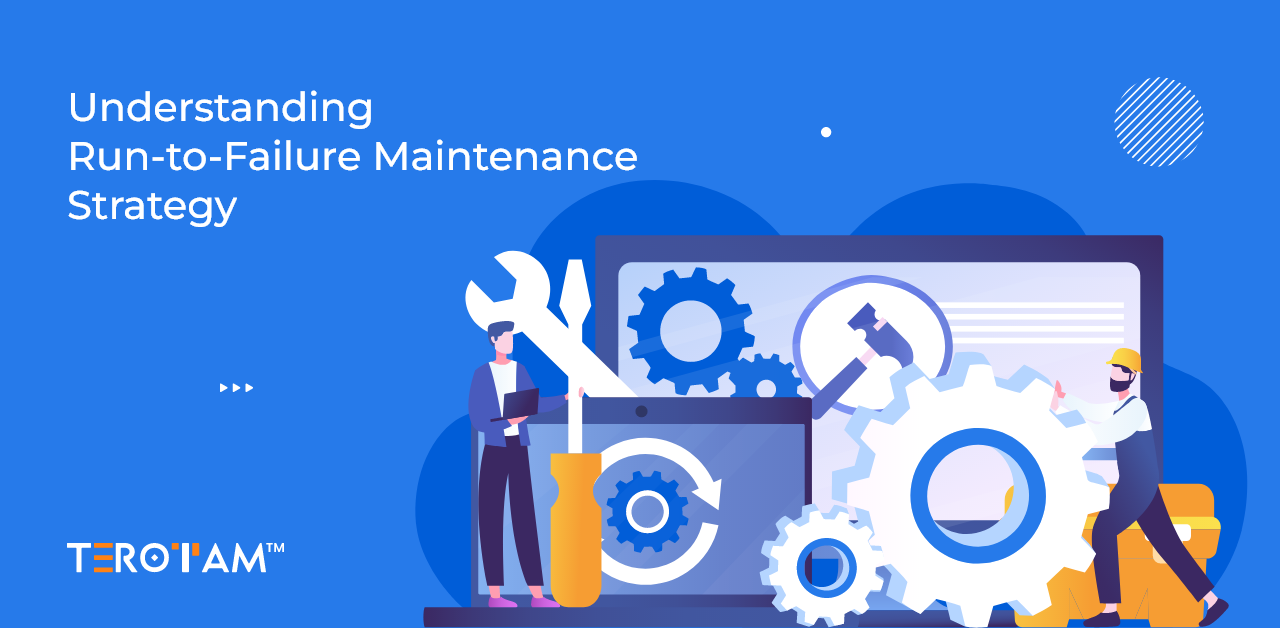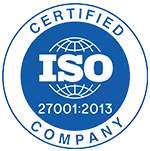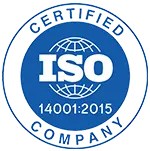Industrial machinery undergoes years of wear, adjustments, and partial repairs that often leave hidden issues unresolved. Over time, these accumulated problems increase downtime, reduce efficiency, and push maintenance costs higher. Traditional approaches such as preventive or predictive maintenance are useful, but they usually focus on keeping equipment functional rather than restoring it to its original performance standard.
Zero-based maintenance (ZBM) is a structured approach designed to break this cycle. It involves dismantling, inspecting, repairing, or replacing every part of a machine so that it operates as close as possible to its original design condition. The process eliminates underlying defects that normal maintenance tasks cannot address, giving equipment a fresh operational cycle. Many industries adopt ZBM for critical assets where reliability is non-negotiable, such as continuous production lines, power plants, and safety-sensitive systems.
This article explains the concept of zero-based maintenance, its principles, the detailed process involved, and the benefits organisations can expect when implementing it.
Why Are Industries Turning Towards Zero-Based Maintenance?
Every piece of machinery carries an operational history. Small adjustments, temporary fixes, and delayed part replacements accumulate over the years. While preventive maintenance extends asset life to some extent, it rarely addresses the root cause of recurring failures. Corrective maintenance, on the other hand, often treats only the symptom of a breakdown.
Zero-based maintenance addresses this gap. Industries apply it when:
- Equipment downtime starts to rise despite scheduled preventive maintenance.
- Assets show repeated failures that indicate unresolved underlying defects.
- Machines operate in conditions where high safety or compliance standards are mandatory.
- Replacement costs are high, making life-extension strategies more economical.
Instead of continuing with patchwork solutions, ZBM resets the equipment and gives it a new baseline of reliability.
Core Principles of Zero-Based Maintenance
Zero-based maintenance is not just an intensive overhaul—it is a carefully engineered process with defined principles that guide every step.
- Restoration to design condition
The goal of ZBM is to return equipment to the condition intended by the original manufacturer. This means rebuilding or refurbishing every component so that the machine operates within original specifications of speed, load, efficiency, and safety. - Defect elimination at the root
Temporary fixes often leave root causes unaddressed. ZBM identifies recurring problems such as misalignment, wear patterns, or lubrication issues and ensures they are completely corrected. - Systematic disassembly and inspection
Machines are fully dismantled to expose parts that are normally inaccessible during routine maintenance. This detailed inspection is what sets ZBM apart from preventive or predictive methods. - Standards-driven execution
Each activity in ZBM is carried out according to OEM guidelines, engineering best practices, or updated industry standards, ensuring technical accuracy in the restoration process. - Performance validation after rebuild
Once the asset is restored, testing is carried out to validate that performance levels meet safety, reliability, and production requirements.
The Zero-Based Maintenance Process
The ZBM process is more comprehensive than standard maintenance activities and involves multiple technical stages.
- Detailed planning
The first stage involves identifying which assets require ZBM. Historical data on downtime, failure rates, and operational costs is analysed. Teams prepare a structured plan that outlines the required spare parts, specialised tools, technical expertise, and time allocation to minimise production disruption. - Total disassembly
The equipment is dismantled completely so that all components, including internal parts, are accessible. This ensures hidden cracks, wear, or structural weaknesses can be identified. - Cleaning and surface preparation
Components are cleaned to remove oil, grease, deposits, and corrosion. This allows engineers to carry out accurate visual and microscopic inspections. - Inspection using advanced techniques
Standard checks are supported with diagnostic tools such as ultrasonic testing, magnetic particle inspection, vibration analysis, and thermal imaging. This stage ensures even minor defects are detected before they become major issues. - Repair or replacement of components
Any part showing signs of wear, deformation, or fatigue is either repaired to engineering standards or replaced with OEM-approved parts. This includes critical items such as bearings, seals, shafts, and gears. - Reassembly and alignment
Once defects are corrected, the machine is rebuilt carefully with proper torqueing, lubrication, and alignment. Precision alignment is essential for rotating equipment to avoid vibration and premature wear. - Testing and commissioning
After reassembly, the machine undergoes operational tests. Parameters such as temperature, vibration, noise, and energy consumption are measured against acceptable thresholds. - Documentation and reporting
Every action is documented to create a traceable history. Reports include replaced components, inspection findings, and test results. This data helps in scheduling the next ZBM cycle.
Benefits of Applying Zero-Based Maintenance
Zero-based maintenance delivers measurable value beyond simply restoring machines. The approach reduces inefficiencies that accumulate through years of minor repairs and overlooked defects, giving industries a cleaner starting point for asset reliability. Unlike preventive maintenance, which often works within existing wear limits, ZBM ensures equipment operates as close as possible to its original design performance. This reset reduces breakdowns, extends operational lifespan, and allows organisations to plan their maintenance budgets more effectively. In environments where downtime costs are high, the long-term savings and reliability improvements far outweigh the initial investment in the process.
- Reliability improvement
Restored assets perform closer to their original specifications, reducing the chances of unplanned failures. - Extended asset lifespan
Instead of investing heavily in new machinery, industries can extract more productive years from existing equipment. - Reduced recurring failures
Since ZBM eliminates root causes rather than treating symptoms, repetitive breakdowns are minimised. - Enhanced safety and compliance
Equipment restored to OEM standards reduces risks of mechanical accidents and supports compliance with regulatory requirements. - Optimised maintenance budget
Although ZBM requires upfront investment, the long-term savings from reduced downtime and fewer emergency repairs often outweigh the initial cost.
Best practices for implementing zero-based maintenance
Implementing zero-based maintenance requires more than a technical overhaul—it demands strategic planning and integration into the broader asset management framework. Without proper execution, organisations risk treating ZBM as a one-off project rather than a structured approach. To be effective, ZBM must be aligned with long-term reliability strategies, supported by skilled teams, and applied to assets where the impact on safety, compliance, or production is the highest. Combining technical accuracy with proper scheduling and resource allocation ensures the process delivers sustainable results and avoids unnecessary disruptions to operations.
- Focus on critical machinery that has high downtime costs or safety impact.
- Integrate condition monitoring data such as vibration and thermal analysis to decide the timing of ZBM.
- Develop a skilled workforce trained in disassembly, advanced inspection, and reassembly procedures.
- Source original or certified parts to maintain reliability after restoration.
- Combine ZBM with reliability-centered maintenance (RCM) strategies to optimise the overall asset management framework.
Conclusion
Zero-based maintenance offers industries a systematic way to reset equipment health and reliability. Instead of relying on repetitive fixes, it restores machinery to its design condition through detailed inspection, repair, and validation. This structured approach helps industries reduce unplanned downtime, extend asset life, and achieve safer operations.
For more information on how zero-based maintenance can be applied in your facility, reach out at contact@terotam.com


